
Ambivalent Affinities: A Political History of Blackness and Homosexuality after World War II

news, new scholarship & more from around the world

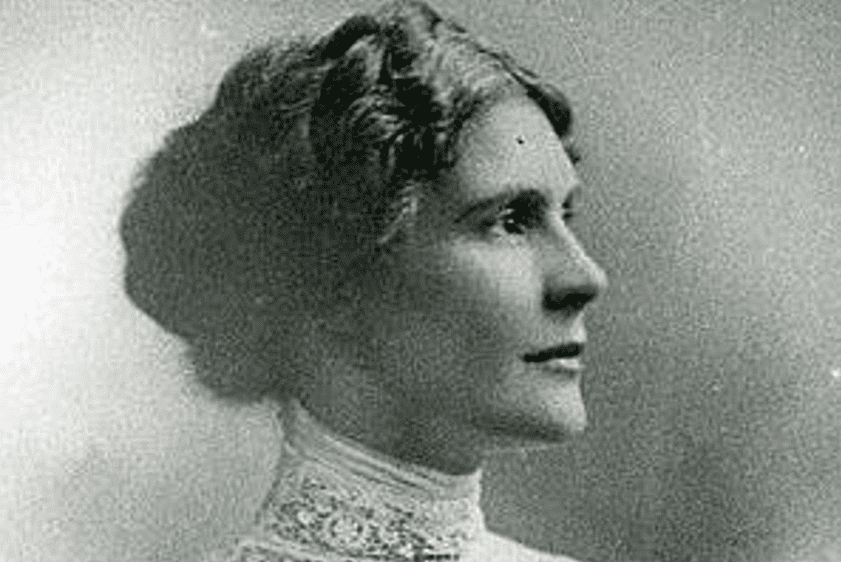
A new housing estate in Leeds is set to be names in memory of locally born suffragette, Leonora Cohen. In 1923, she became the first woman president of the Yorkshire Federation of Trades Councils, in 1924 she was appointed as one of the first female magistrates in the country and in 1928 was awarded an OBE in recognition of her social work.
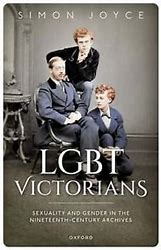

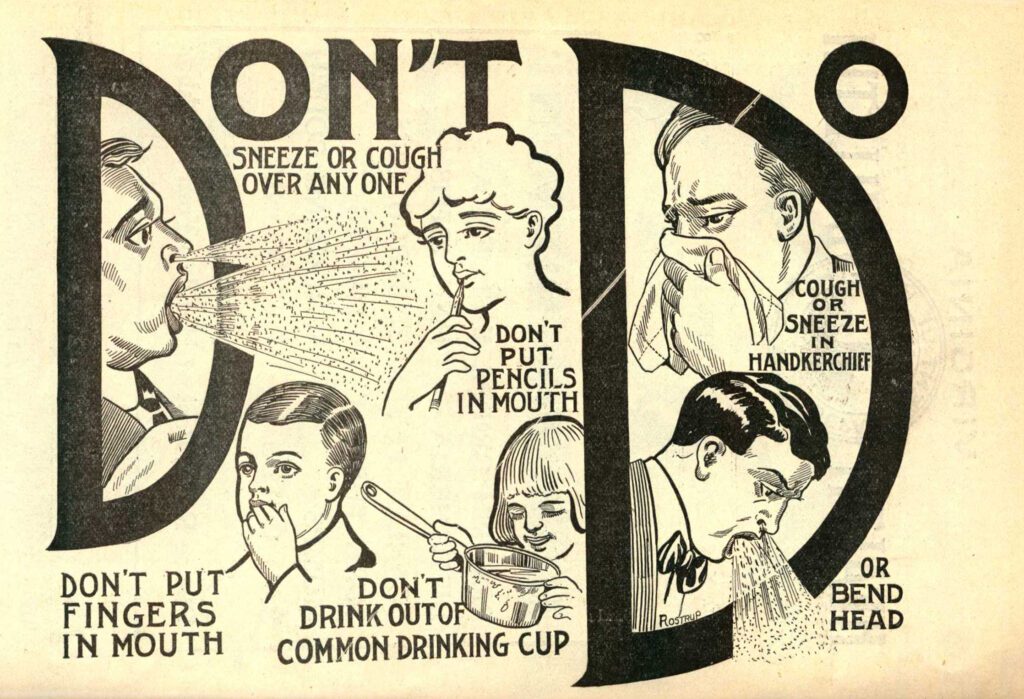
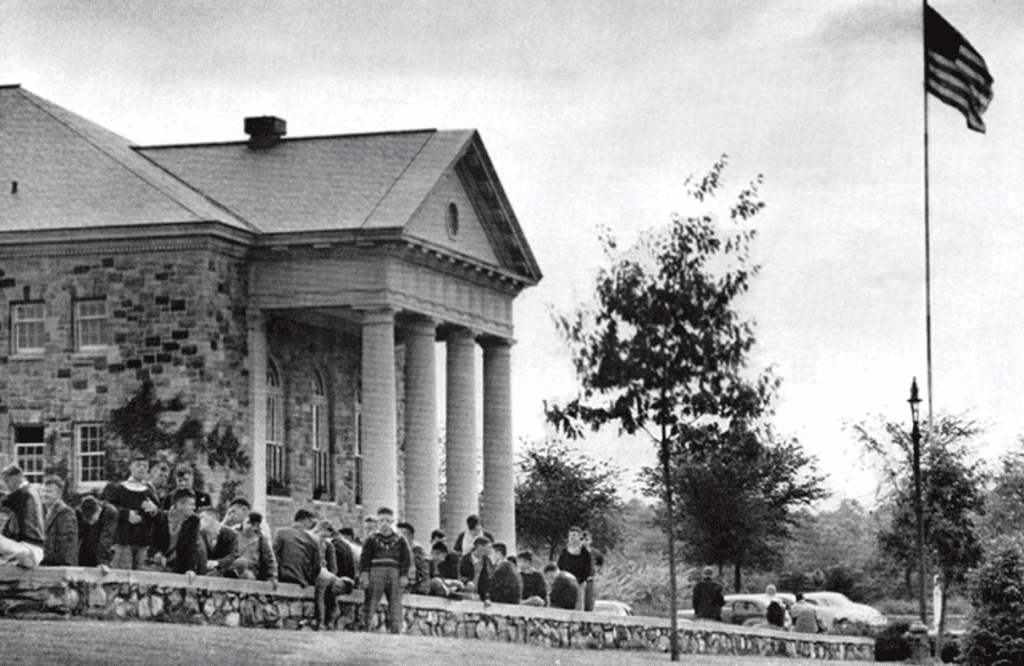
Letchworth Village was both a model for compassionate care and a symbol of institutional abuse
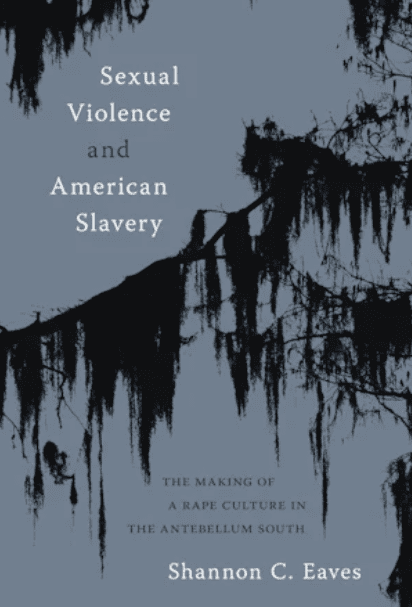
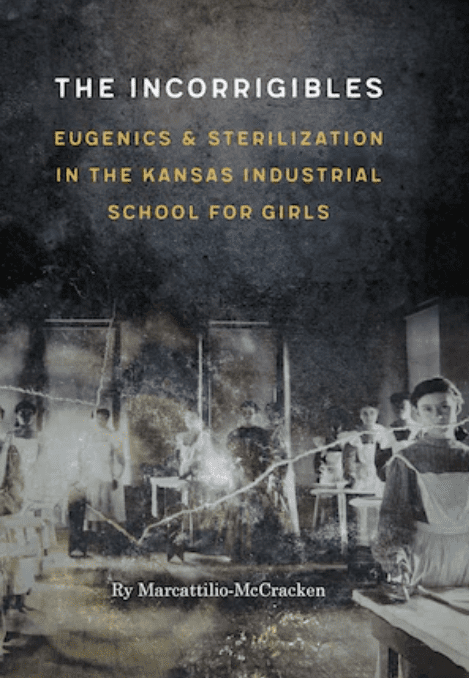
Between September 1935 and June 1936, sixty-two girls from a reformatory in north-central Kansas were sterilized in the name of eugenics. None of the girls were habitual criminals, had multiple children, were living on social welfare, or were found to have IQs below seventy; in other words, almost none of them fit the categories usually described by eugenicists as justification for sterilization or covered by Kansas’s eugenic sterilization law. Yet no one at the time—including the reform school superintendent who ordered the procedures performed—had trouble defending the sterilizations as eugenically minded. The general public, however, found the justifications significantly more controversial after the story hit the newspapers.



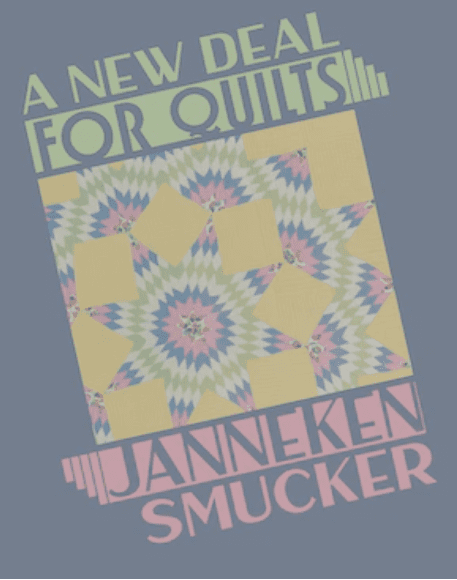





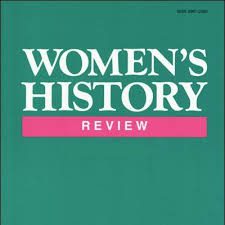
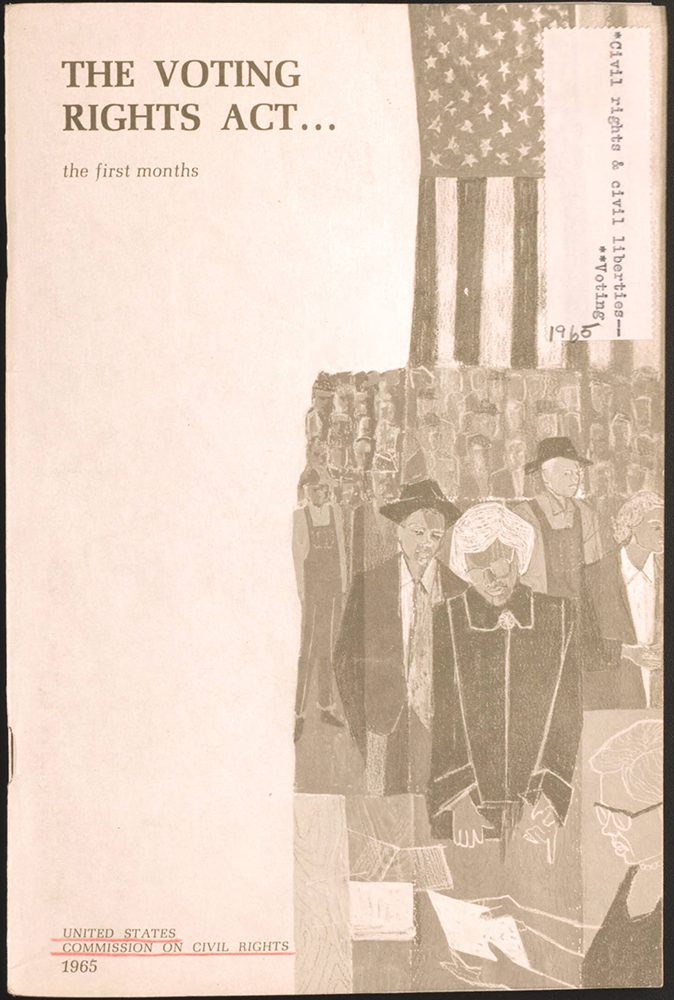
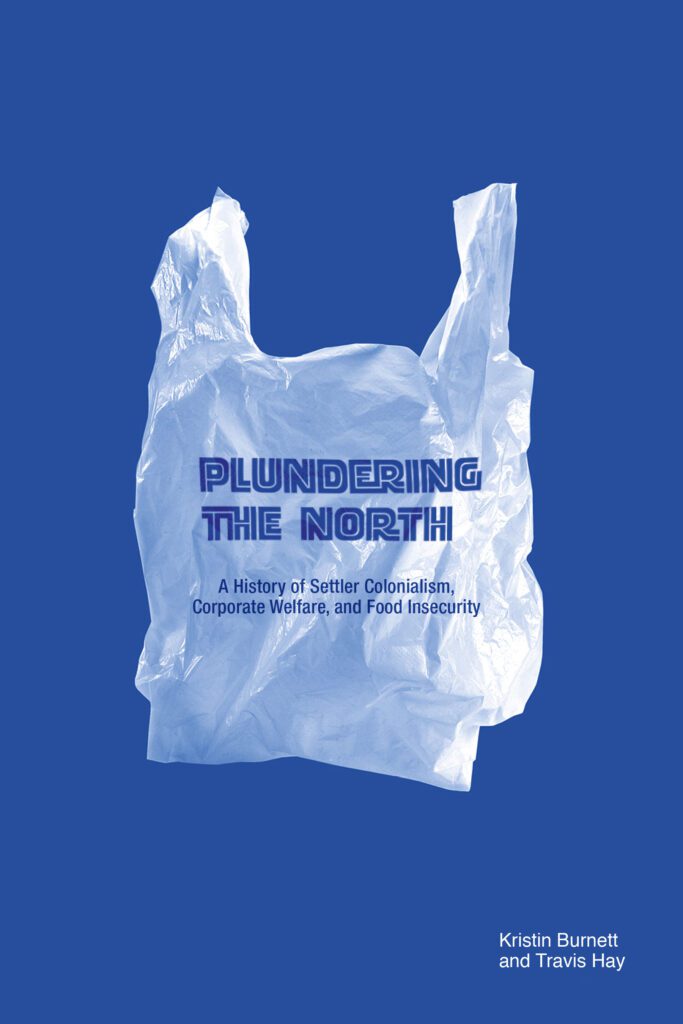
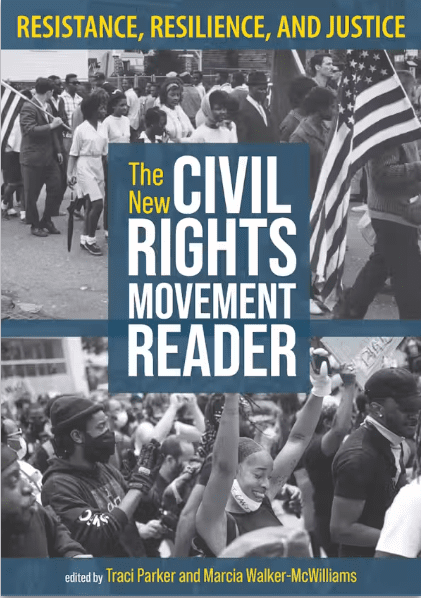




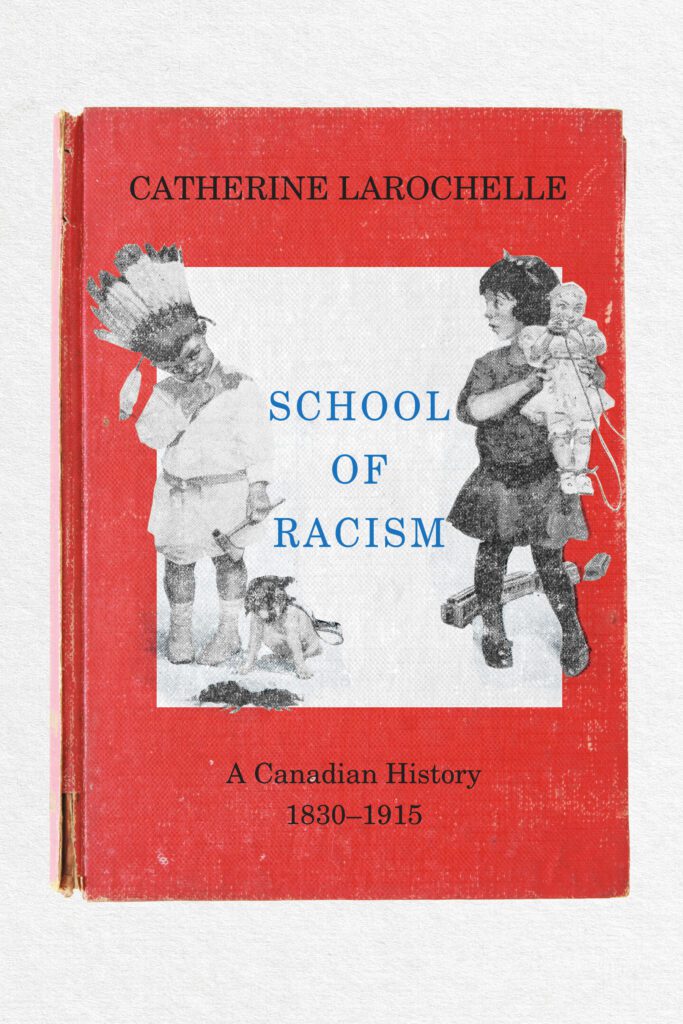

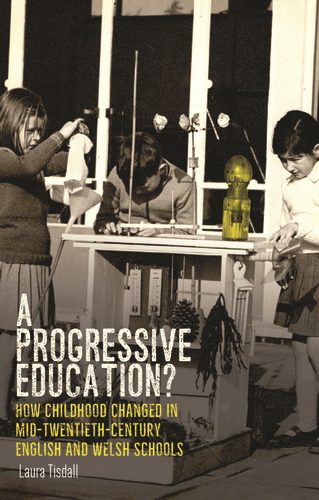




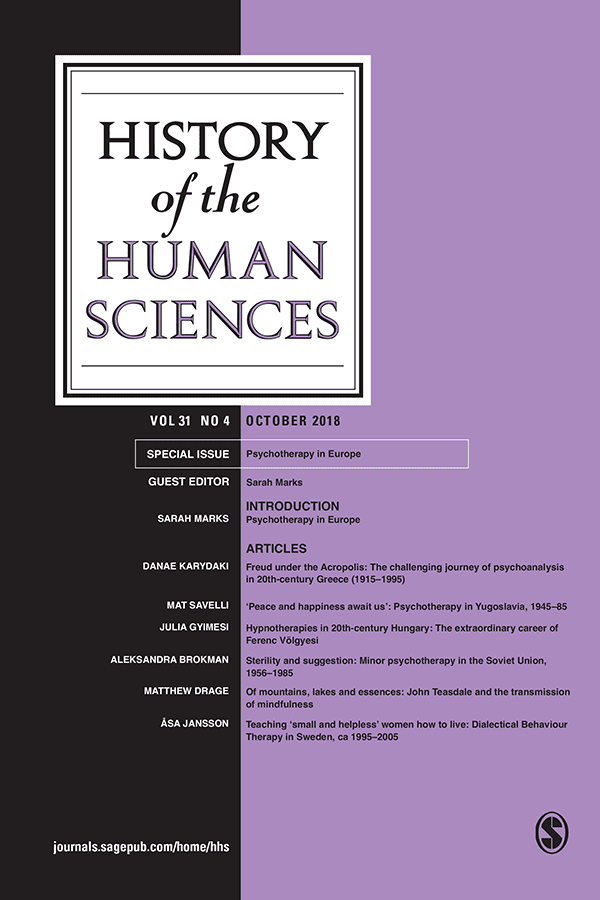







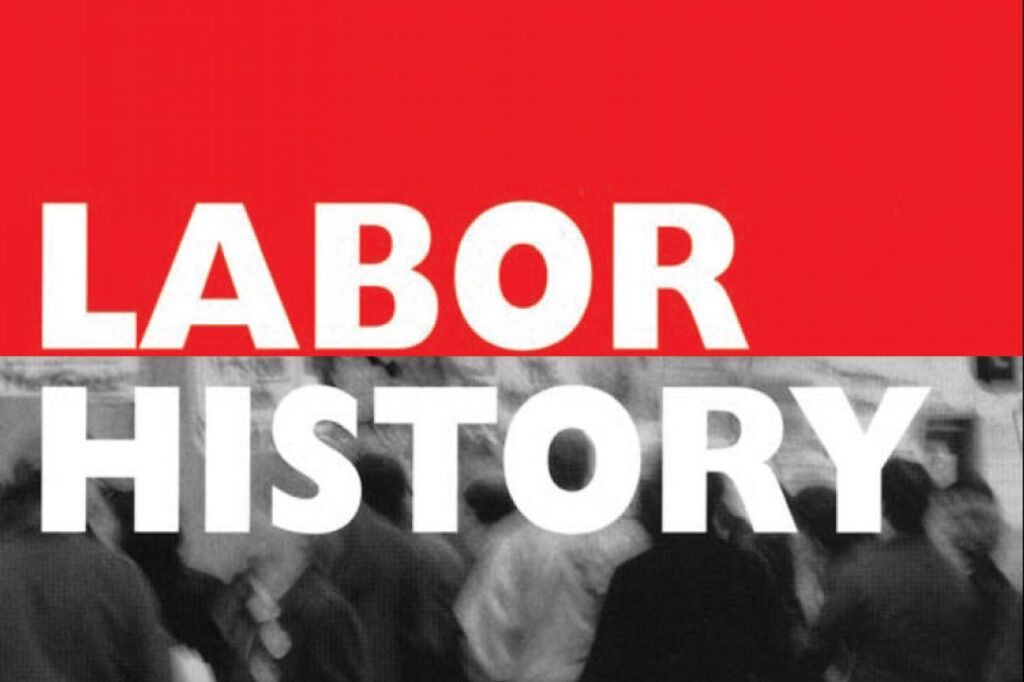
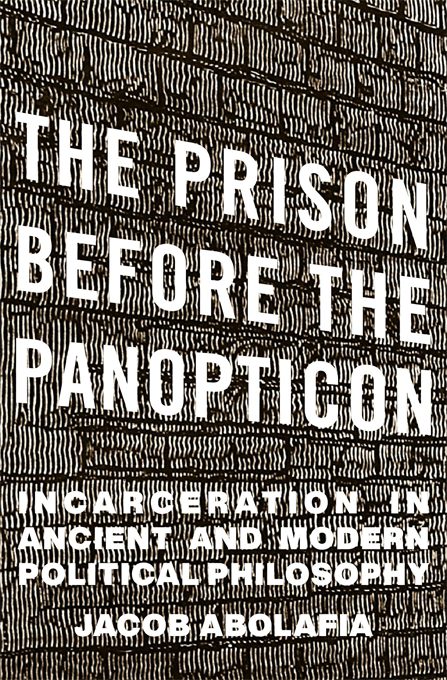


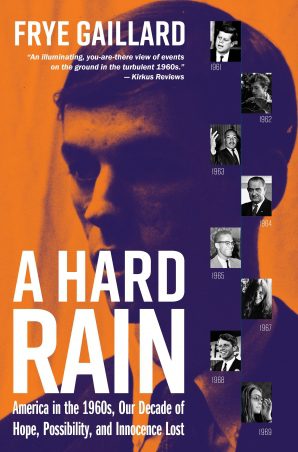

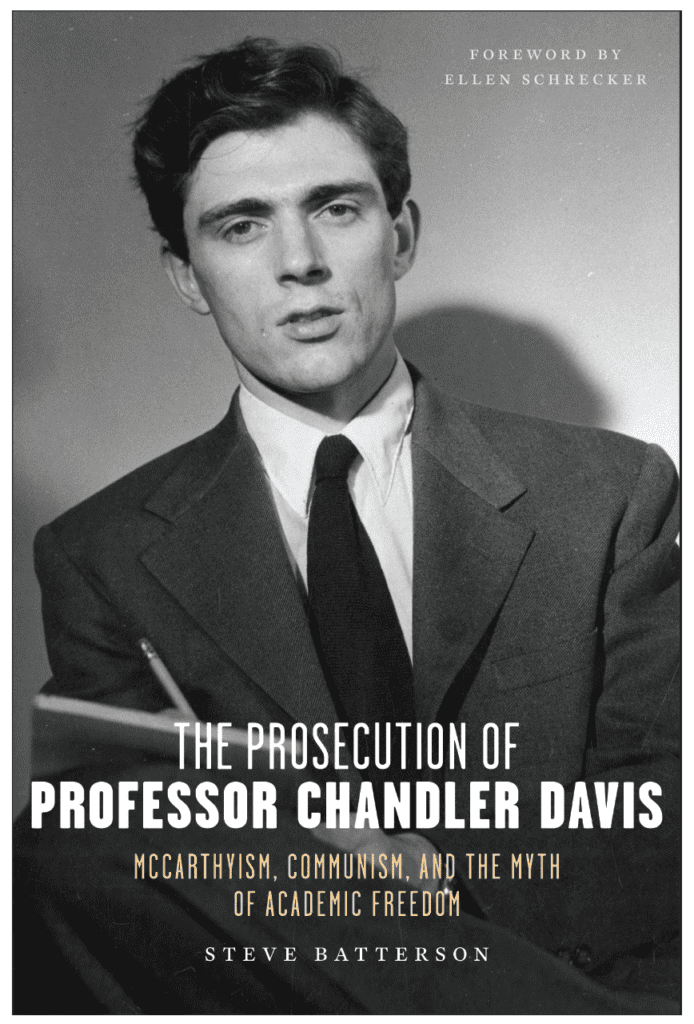
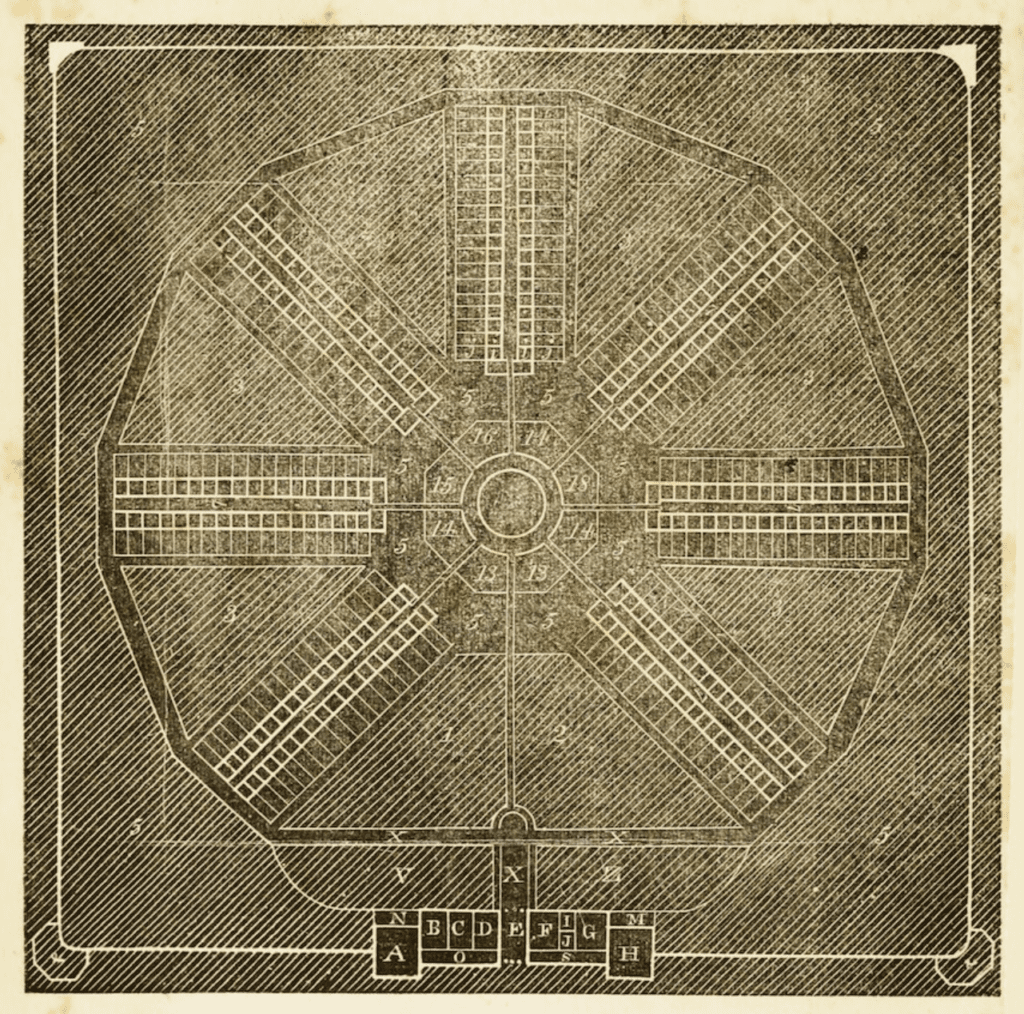
“Ground View of the New Prison in Philadelphia”, an 1827 illustration of Eastern State Penitentiary completed while it was still under construction
